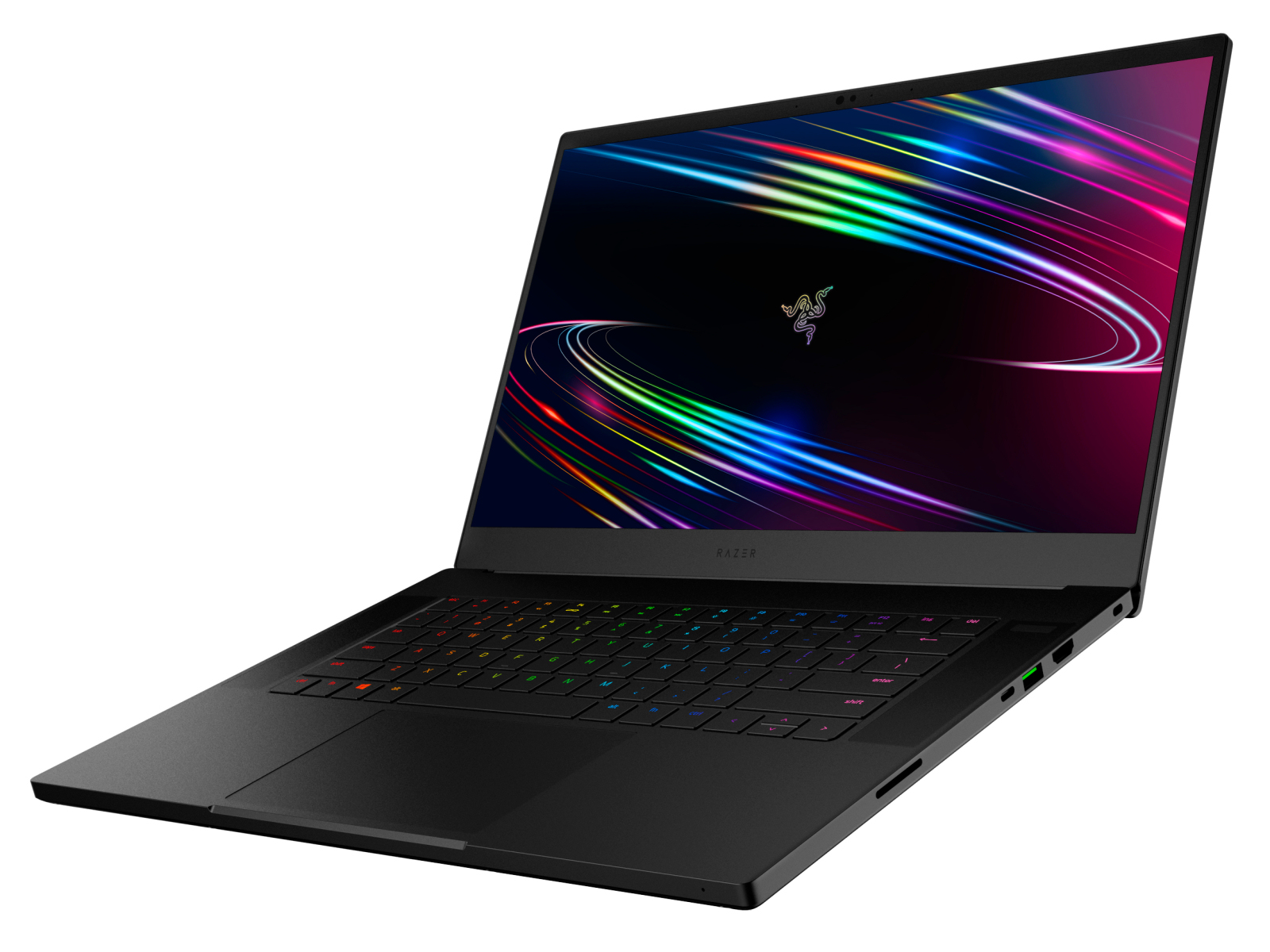How to Choose the Right Laptop for 3D Rendering
Choosing the right laptop for 3D rendering and modeling is like picking the perfect avocado at the grocery store. You want something that’s just right—not too soft, not too hard, and definitely not overpriced. The market is flooded with options, but selecting a laptop that can handle the demands of 3D work requires understanding a few key components. Here’s what you should look out for:
Graphics Card (GPU)
The graphics card is the heart and soul of your 3D rendering experience. Think of it as the engine in your car. Without a powerful engine, you’re not going to win any races. For 3D modeling, look for NVIDIA’s RTX series or AMD’s Radeon Pro. They provide the muscle you need to render complex scenes smoothly.
Processor (CPU)
While the GPU gets most of the spotlight, the CPU is the unsung hero working tirelessly in the background. A good multi-core processor like an Intel i7 or i9, or an AMD Ryzen 7 or 9, will ensure your laptop can handle multitasking without breaking a sweat.
RAM
Remember the days when 8GB of RAM was considered enough? Well, those days are over, especially if you’re diving into 3D rendering. Aim for at least 16GB of RAM, but if your budget allows, go for 32GB. It’s like having more lanes on a highway—everything just moves faster and more efficiently.
Storage
Storage options can be as confusing as choosing between Netflix and Hulu. SSDs are the way to go for faster load times and smoother operation. Consider an SSD with at least 512GB of space to store your projects and applications.
Display
A high-resolution display is crucial for detailed work. Aim for at least a Full HD screen, but if you can stretch your budget, a 4K display will make your models pop like never before. Just be prepared for everyone to ask, “Is that real?”
Top 5 Laptops for 3D Rendering and Modeling
Now that you know what to look for, let’s dive into some of the best laptops that will make your 3D projects shine brighter than your future. Here’s a list of contenders that offer the right mix of power and portability:
1. Dell XPS 15
The Dell XPS 15 is like the Swiss Army knife of laptops. It’s versatile and reliable. Featuring an NVIDIA GeForce GTX 1650 Ti GPU and an Intel Core i7 processor, it’s got the chops to handle complex 3D rendering tasks. Plus, its virtually borderless 4K OLED display is a feast for the eyes.
2. MacBook Pro 16-inch
The MacBook Pro is the cool kid in the laptop world. With its AMD Radeon Pro 5500M GPU and up to 64GB of RAM, it’s not just about looks—this machine packs serious power. The Retina display with True Tone technology ensures your colors are accurate, so you can render and model with confidence.
3. ASUS ROG Zephyrus G14
If you’re looking for something that screams “gamer” but works like a pro, the ASUS ROG Zephyrus G14 is your match. With an AMD Ryzen 9 processor and an NVIDIA GeForce RTX 2060 GPU, it’s a beast in a compact form. The AniMe Matrix LED display on the lid is just the cherry on top.
4. Razer Blade 15
The Razer Blade 15 is the James Bond of laptops—sleek, stylish, and incredibly capable. Equipped with an NVIDIA GeForce RTX 3070 and an Intel Core i7 processor, it offers top-notch performance. The 144Hz refresh rate display ensures that your rendering and modeling work is as smooth as a spy’s smoothest moves.
5. HP ZBook Fury 15 G7
If you’re all about getting things done, the HP ZBook Fury 15 G7 won’t disappoint. This workstation laptop comes with an NVIDIA Quadro RTX 4000 GPU and an Intel Xeon processor. It’s like having a mini desktop with you, designed to tackle the most demanding 3D rendering tasks with ease.
Additional Considerations
Before you rush out to buy a laptop, there are a few more things to think about.
- Battery Life: While power is important, so is longevity. If you’re always on the go, look for a laptop with decent battery life. No one wants to be tethered to an outlet all day.
- Portability: Consider how often you’ll be moving your laptop around. A lighter laptop may be more convenient if you’re constantly traveling or commuting.
- Budget: Last but not least, keep an eye on your budget. It’s easy to get carried away with all the options, but stick to what you can afford and prioritize the features most important to you.
So there you have it—a comprehensive guide to choosing the best laptop for 3D rendering and modeling. Whether you’re a seasoned professional or just starting out, finding the right laptop can make all the difference. Happy rendering!








